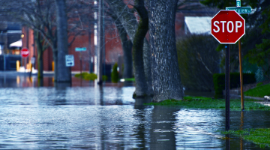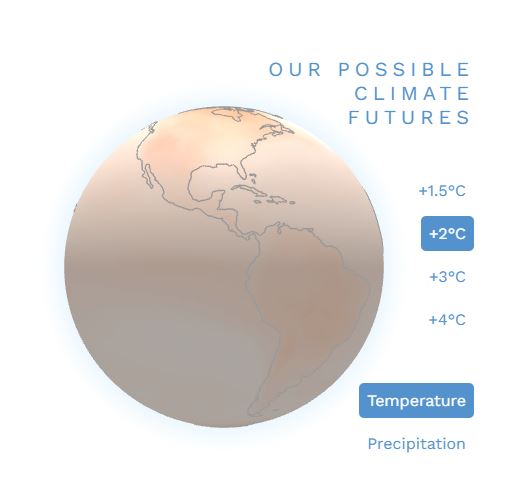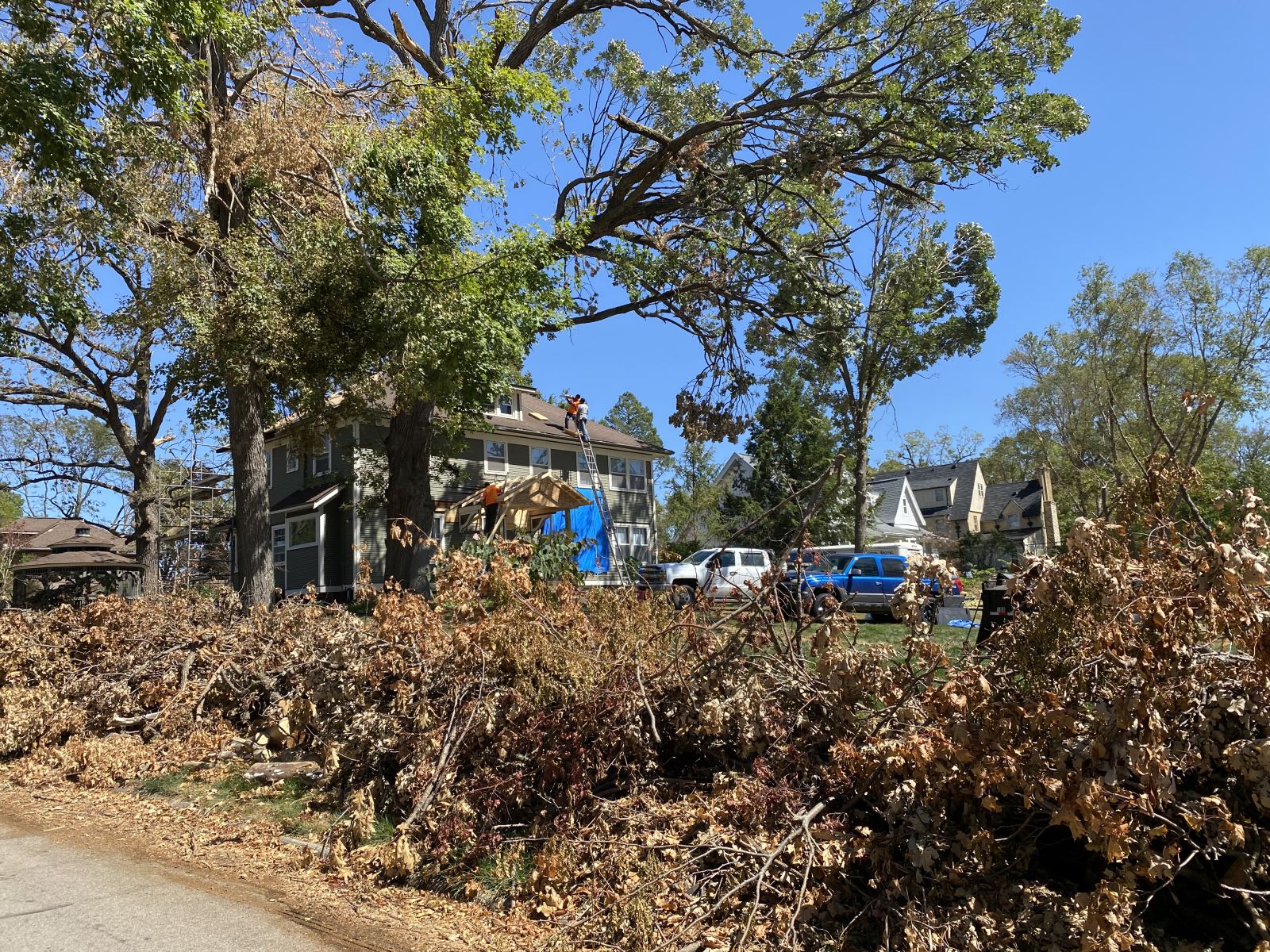Understanding the IPCC's Sixth Climate Assessment Report: A look at Iowa's changing future
posted
on Wednesday, August 25, 2021
in
Energy News
 Earlier this month, the United Nations’ Intergovernmental Panel on Climate Change (IPCC) delivered unsettling news in their sixth assessment report — our planet has suffered indisputable, irreparable damage to our climate and human activities are undeniably at fault. While this message might not come as a surprise to some, it’s still a hard pill to swallow.
Earlier this month, the United Nations’ Intergovernmental Panel on Climate Change (IPCC) delivered unsettling news in their sixth assessment report — our planet has suffered indisputable, irreparable damage to our climate and human activities are undeniably at fault. While this message might not come as a surprise to some, it’s still a hard pill to swallow.
Let’s take a moment to reflect on the report itself. Perhaps the most notable shift from past reports is reflected in its language, where for the first time the scientific community confidently attributed our changing climate to human activity. "It is unequivocal that human influence has warmed the atmosphere, ocean, and land,” the 2021 IPCC report states outright.
David Courard-Hauri, Chair of Environmental Science at Drake University and co-author of the 2020 Iowa Climate Statement has long studied climate science. He notes that early reports were reluctant to link human influence to climate change, but those views have evolved. “We now know—we don’t think, we know—that humans are causing the climate to change in ways that have been predicted for a very long time,” Courard-Hauri tells us.
 While significant, this departure from more hesitant terminology simply confirms what most climate-conscious individuals already expected and feared. But what does this news mean for us here in the Heartland? The report introduced a new, interactive regional modeling tool called the Interactive Atlas which helps users understand the implications of climate change at the regional level under a variety of climate futures. These scenarios help the user to visualize a future where our climate warms anywhere between 1.5 degrees Celsius and 4+ degrees Celsius, each with unique and staggering consequences.
While significant, this departure from more hesitant terminology simply confirms what most climate-conscious individuals already expected and feared. But what does this news mean for us here in the Heartland? The report introduced a new, interactive regional modeling tool called the Interactive Atlas which helps users understand the implications of climate change at the regional level under a variety of climate futures. These scenarios help the user to visualize a future where our climate warms anywhere between 1.5 degrees Celsius and 4+ degrees Celsius, each with unique and staggering consequences.
The high-level takeaway for our region is that Iowa is likely to experience a future with higher winter and summer temperatures, prolonged summer drought, and excessive winter precipitation. These changes can destabilize agricultural production and the local economy as a result. Also, these changes will increase in frequency of severe weather events resulting in intense rainstorms, very high winds, destructive hail, and flooding. Ignoring the inevitability of these events will come at an immense cost - both in terms of economic losses and human life.
So where do we go from here? First and foremost, we need to acknowledge that climate change is in fact human-induced and is happening faster than previously predicted. We need to prepare for what’s to come through responsible land use that factors in the likelihood of future flooding events into our housing, agricultural, and industrial systems. Another key focus needs to be integrating resiliency into our infrastructure. From modernizing our electric grid, to investing in energy storage solutions, ramping up deployment of renewable resources, and beyond, our infrastructure must be built with extreme weather events in mind.
 “Last year’s Derecho was really a wake-up call for our state,” says IEC’s energy program director Kerri Johannsen. “We know that these disasters have a disproportionate impact on vulnerable populations. Infrastructure of the future must prioritize equity and account for the unique needs of this community so that they’re able to rebound from extreme weather events quickly, and minimize the health and economic impacts from these disruptions.”
“Last year’s Derecho was really a wake-up call for our state,” says IEC’s energy program director Kerri Johannsen. “We know that these disasters have a disproportionate impact on vulnerable populations. Infrastructure of the future must prioritize equity and account for the unique needs of this community so that they’re able to rebound from extreme weather events quickly, and minimize the health and economic impacts from these disruptions.”
While it’s important to pause and let the findings of the report and our new climate reality sink in, it’s equally important to focus on what we can do moving forward. The report makes it clear that while there’s no going back, but we can still prevent the worst impacts from global warming from occurring. We know that every potential degree of warming brings with it additional devastation. We can and must rapidly phase out fossil fuels in order to preserve a habitable planet for our children. We caused the problem and we certainly have the resources to solve it; now we need to marshal our collective will to bring climate solutions into action.
- carbon pollution
- clean energy
- climate change
- flooding